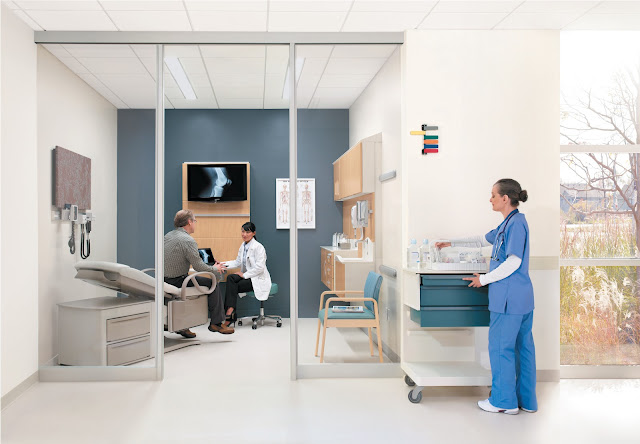Pharmacy Automation Market Overview, Market Key Trends, PEST Analysis, Key Takeaways
The global Pharmacy Automation Market is estimated to be valued at US$ 3,601.4 million in 2017 and is expected to reach US$ million by 2022, growing at a CAGR of 8.1% during the forecast period (2018-2026). This report by Coherent Market Insights provides an in-depth analysis of the market dynamics, including drivers, restraints, trends, and opportunities.
Market Overview:
The Pharmacy Automation Market refers to the implementation of advanced
technologies and automated systems in pharmacies to enhance the efficiency and
accuracy of medication dispensing and inventory management. These automation
systems eliminate manual errors, reduce medication dispensing time, improve
patient safety, and enable pharmacies to handle a large volume of prescriptions
efficiently. The need for pharmacy automation is driven by factors such as the
rising number of prescriptions, increasing prevalence of chronic diseases, and
the need to reduce medication errors. The market offers various products,
including automated medication dispensing systems, packaging and labeling
systems, robotic systems, and inventory management system, among others.
Market Key Trends:
One key trend in the Pharmacy Automation Market is the adoption of robotic
systems for medication dispensing. Robotic systems can accurately count and
dispense medications, reducing the chances of errors and improving efficiency.
These systems can handle a large volume of prescriptions and can be integrated
with electronic health records (EHRs) and other healthcare systems for seamless
workflows. Robotic systems also enable pharmacies to offer 24/7 medication
dispensing services, enhancing patient convenience. The integration of
artificial intelligence (AI) and machine learning algorithms in robotic systems
is further enhancing their capabilities.
Overall, the Pharmacy Automation Market is witnessing high growth due to the
increasing demand for efficient and accurate medication dispensing and
inventory management in pharmacies. The adoption of advanced technologies such
as robotic systems is a key trend driving market growth in this field.
PEST Analysis:
Political: The political factors impacting the pharmacy automation market
include government regulations and policies related to healthcare and
pharmaceutical industries. For example, government initiatives to increase
patient safety and reduce medication errors through the implementation of
automated systems can drive the adoption of pharmacy automation solutions.
Economic: The economic factors affecting the market include the overall
healthcare expenditure and budget allocation for pharmacy automation. The
increasing focus on cost containment and improving operational efficiency in
healthcare facilities can drive the demand for pharmacy automation solutions.
Social: Social factors influencing the market include the aging population and
the increasing prevalence of chronic diseases. The growing demand for
personalized healthcare and the need for improved medication management can
fuel the adoption of pharmacy automation systems.
Technological: Technological factors play a crucial role in the pharmacy
automation market. Advancements in robotics, artificial intelligence, and
machine learning have revolutionized drug dispensing and inventory management
processes. Integration of automation solutions with electronic health records
(EHR) and other digital platforms also enhances workflow efficiency.
Key Takeaways:
The global Pharmacy Automation Market is projected
to witness high growth, exhibiting a compound annual growth rate (CAGR) of 8.1%
from 2018 to 2026. This growth can be attributed to the increasing adoption of
pharmacy automation solutions by healthcare facilities worldwide. The need to
reduce medication errors, improve workflow efficiency, and ensure patient
safety are driving factors for market growth.
Regionally, North America is the fastest-growing and dominating region in the
pharmacy automation market. The region has a well-established healthcare
infrastructure, high healthcare expenditure, and favorable government
regulations. Furthermore, the increasing focus on patient safety and
technological advancements in automation systems contribute to the region's
market growth.
Key players operating in the pharmacy automation market include Becton,
Dickinson and Company, McKesson Corporation, Yuyama Co., Ltd., Omnicell, Inc.,
ScriptPro LLC, Cerner Corporation, Capsa Healthcare, Baxter International,
Inc., KUKA AG, TCGRx Pharmacy Workflow Solutions, RxSafe, LLC, ARxIUM Inc.,
Swisslog Holdings AG, and Talyst systems LLC. These key players offer a wide
range of pharmacy automation solutions and are involved in strategic
initiatives such as partnerships, acquisitions, and product launches to
strengthen their market position.




Comments
Post a Comment